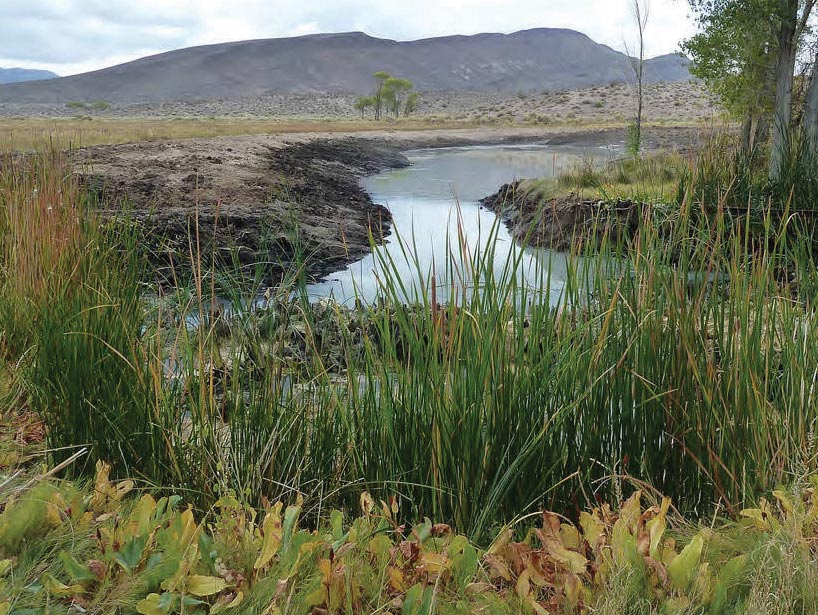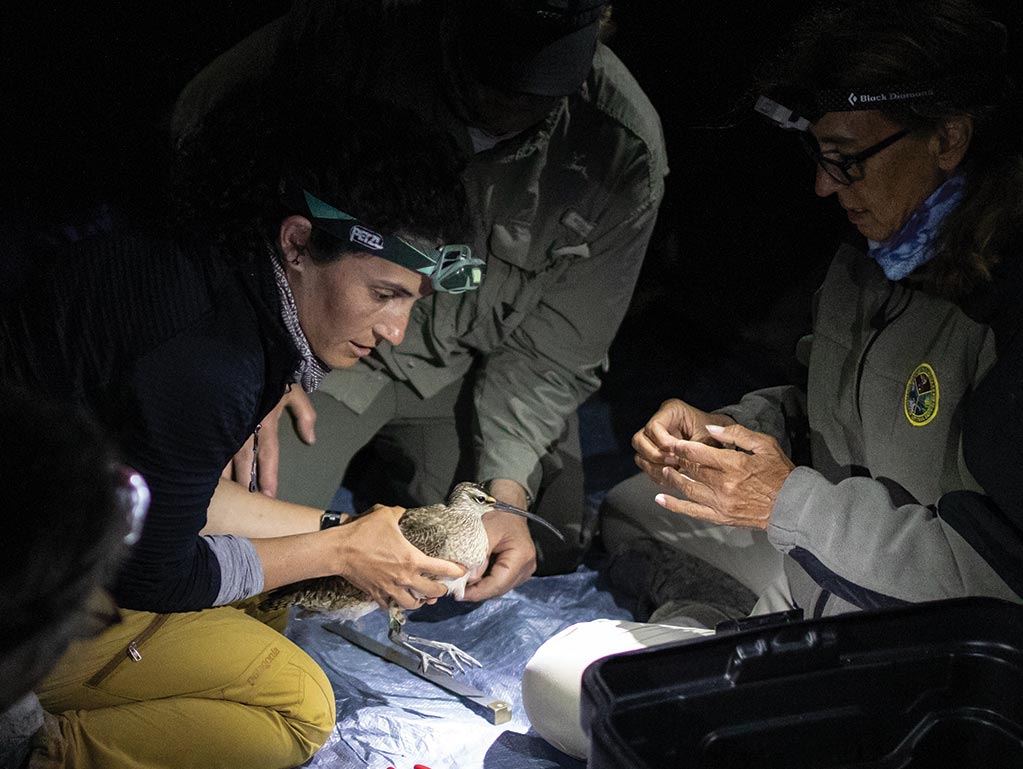Investing in Conservation and Quality of Life
Protecting our natural heritage is essential for healthy communities today and for future generations. Wildlife and people alike are facing growing threats from habitat degradation, climate change, and natural disasters. By helping birds, we help ourselves.
With all hands on deck—involving local communities as well as state, federal, and international efforts—we can restore nature for stable economies, natural security, and human health.
“Nature is essential to the health, well-being, and prosperity of every family and every community in America.”
Report by U.S. Depts of Interior, Agriculture, Commerce and White House CEQ to the National Climate Task Force, 2021
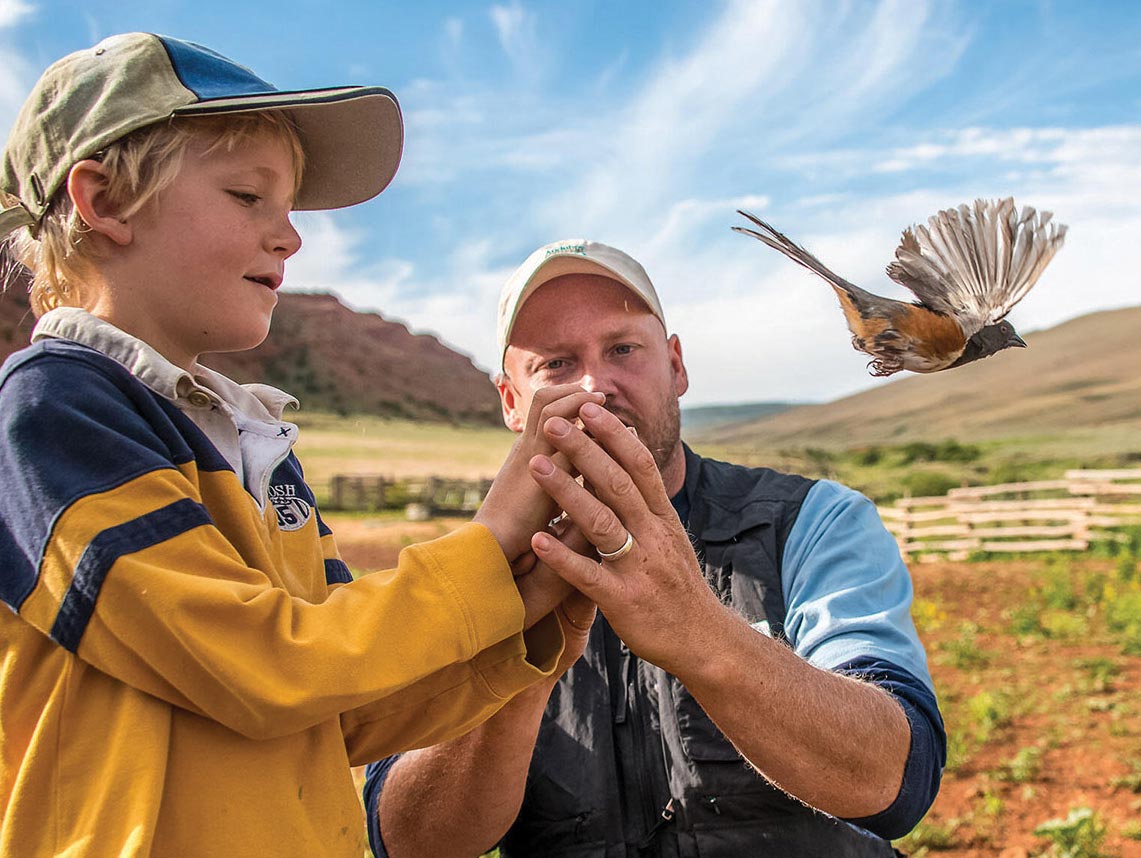
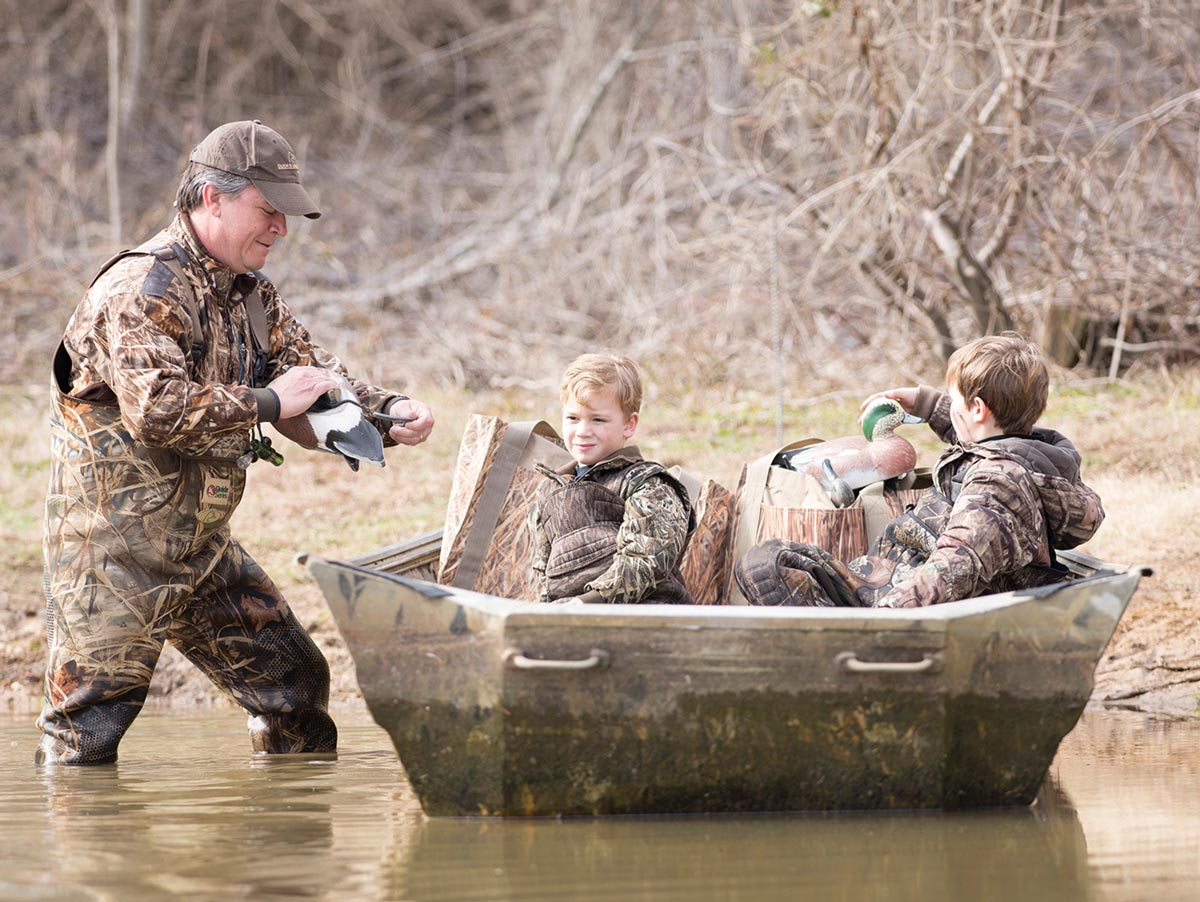
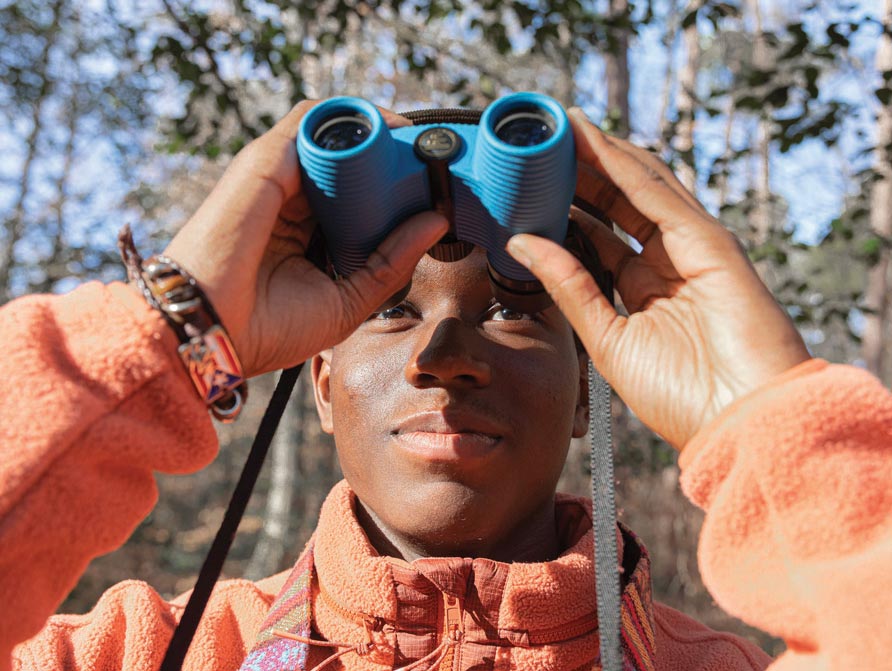
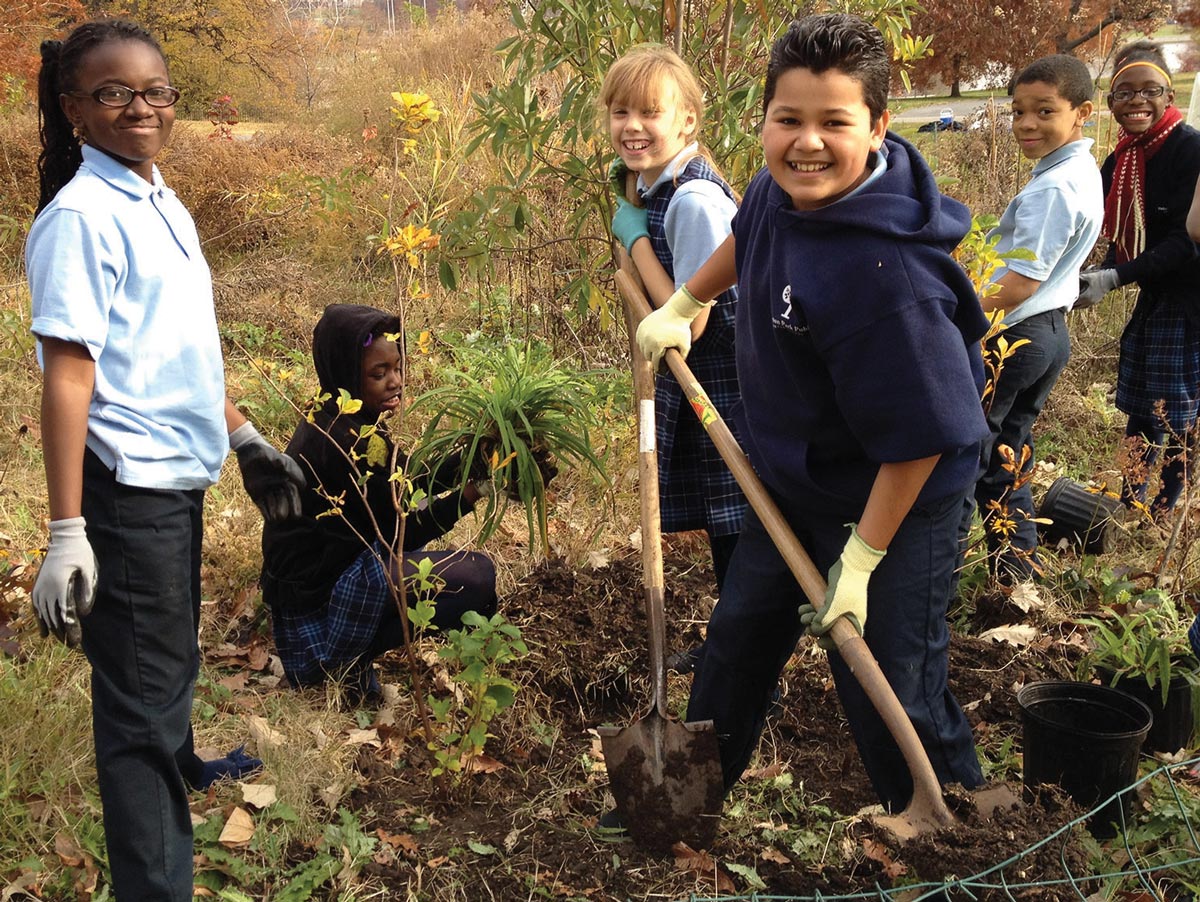
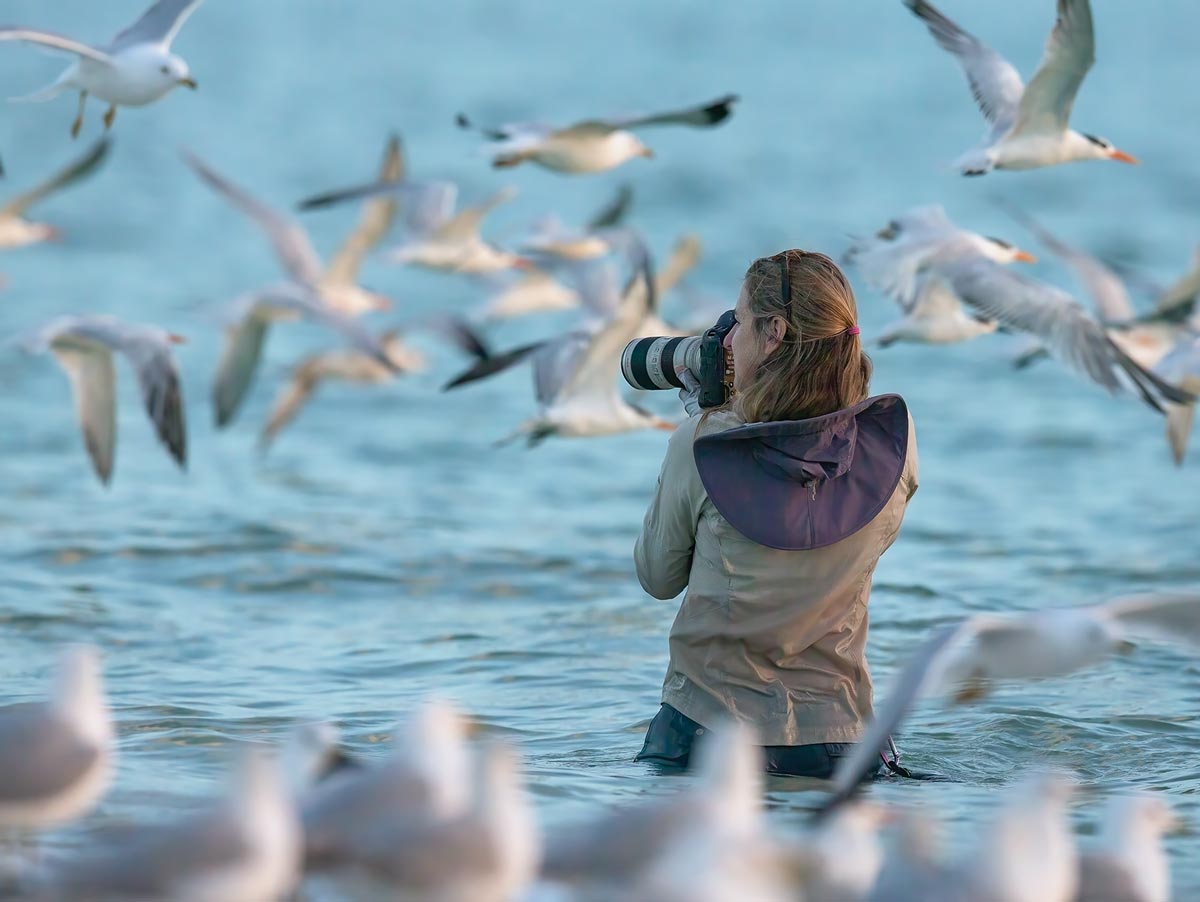
Here’s How to Lift Up Birds and Communities in Every State
Past successes show that bird conservation is a smart and cost-effective investment that can benefit everyone: birds, landowners, hunters and anglers, industries, and communities.
-

Springwaters restoration on the Pahranagat National Wildlife Refuge, Nevada. Image by U.S. Fish and Wildlife Service. Restoring Habitats
All Habitats: Investments from hunters and the North American Wetlands Conservation Act enabled waterfowl to rebound. Building on that success in other habitats can help save songbirds, shorebirds, seabirds, and more.
Across the Nation: Restoring lands and waters can create jobs and support healthy communities. Joint Ventures and the Urban Bird Treaty Program improve habitats for birds and benefit people.
Internationally: The Neotropical Migratory Bird Act improves habitats and helps birds survive their journeys across the U.S., Latin America, and the Caribbean.
-

Lights Out initiative to reduce bird collisions during migration season in Houston, Texas. Images by John Benam/Cornell Lab of Ornithology (left) and POND5 (right). Effective Policies to Reduce Hazards
Bird Protections: Millions of birds are saved from harm through implementation of wildlife laws such as the Migratory Bird Treaty Act, which has prohibited killing or capturing protected species for more than a century.
On Land: Each year, hundreds of millions of birds die in window collisions in the U.S. and Canada. Federal, state, and local efforts can take action to limit collisions.
At Sea: Many seabird species are among the world’s most imperiled birds and are at risk as commercial fisheries bycatch on our oceans. International efforts can expand coordination and implement actions to save seabirds.
-

Outfitting Whimbrels with GPS tracking tags on Deveaux Bank, South Carolina. Image by Andy Johnson/Cornell Lab of Ornithology. Smart Actions to Help Species in Trouble
Strategic Prioritization: The Fish and Wildlife Conservation Act requires steps to identify priority species, habitat, conservation actions, and population trends. New science and technology can fill data gaps and pinpoint solutions that will make the biggest difference.
Enabling All States: Enable states and Tribes to help recover 12,000 Species of Greatest Conservation Need, including birds, and benefit local communities.
What Can Individuals Do to Help Birds?
Many actions around your home and community can directly help bird populations. Top among these are planting native species in gardens, improving window safety, and making bird-friendly choices as a consumer. See a full list of 7 Simple Actions to Help Birds.

